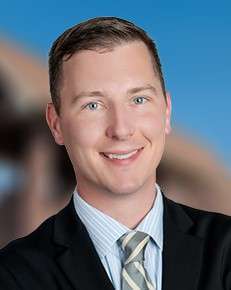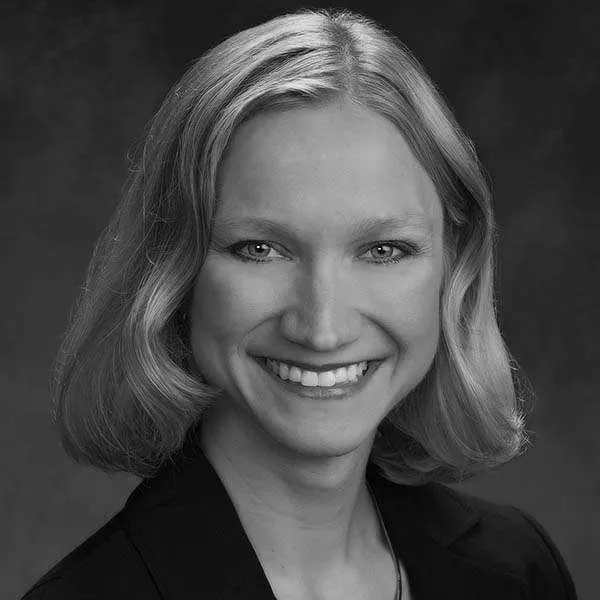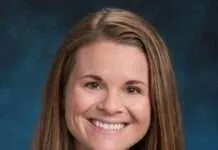Back pain can be disabling, not only in terms of employment but also in terms of social connections. This point was never more clear to me than when I saw Maria, a 56-year-old experiencing severe low back pain for nearly five years. The pain prevented her from standing or walking for more than five minutes at a time and had cost her the job she loved. Maria shared with me her one heart-wrenching goal; she wanted to hold her first grandchild, a six-month-old baby boy. Doing so had caused pain so intense it put her in bed for a full day afterwards.
At our first visit, we discussed the treatments she had exhausted with no relief. Pain pills had severe side effects. She tried numerous steroid injections which seemed to help for several weeks, but the pain returned as did her disability. These “quick fixes” were not only failing to relieve her pain but were causing other health issues. She was diagnosed with osteopenia and pre-diabetes; both are known risks of prolonged steroid use. She had been told there were no other options for her. I reviewed her medical history and immediately noticed a glaring treatment deficit; she had never been to physical therapy.
After six weeks of physical therapy and a trial of some basic non-opioid medications, she was able to lose weight and developed a home routine to decrease the pain significantly, but one problem remained. She still could not pick up her grandchild without severe pain.
We ordered new imaging and found arthritis in the small, paired joints in the back of the lumbar spine, plus inflammatory disc/bone problems in the front of the low back structure. This is a well-known phenomenon called “Modic endplate changes.” For perhaps the first time, Maria received a full explanation of her imaging and learned what was causing her pain.
We treated her L4 and L5 Modic changes with an outpatient, minimally invasive procedure which targets the basivertebral nerve. This treatment has the potential to provide a permanent cure for pain related to this specific problem. Maria’s recovery process was mostly anesthesia-related, and she had 80 percent relief of the pain within two weeks. At her three-month follow-up appointment, she had tears of joy as she told me how wonderful it was to hold her now one-year-old grandson!
This is why I am a pain doctor, not only to relieve pain, but to restore function and help patients achieve their basic life goals. Life is about the little things that most of us take for granted, whether it is standing, walking or holding our grandkids.
Tyler A. Ptacek, M.D. is a contributing Prairie Doc® columnist and a guest this week on the Prairie Doc® television show. He practices in Rapid City, South Dakota as a board certified and fellowship-trained interventional pain physician. For free and easy access to the entire Prairie Doc® library, visit www.prairiedoc.org and follow Prairie Doc® on Facebook featuring On Call with the Prairie Doc® a medical Q&A show streaming on Facebook most Thursdays at 7 p.m. central.




